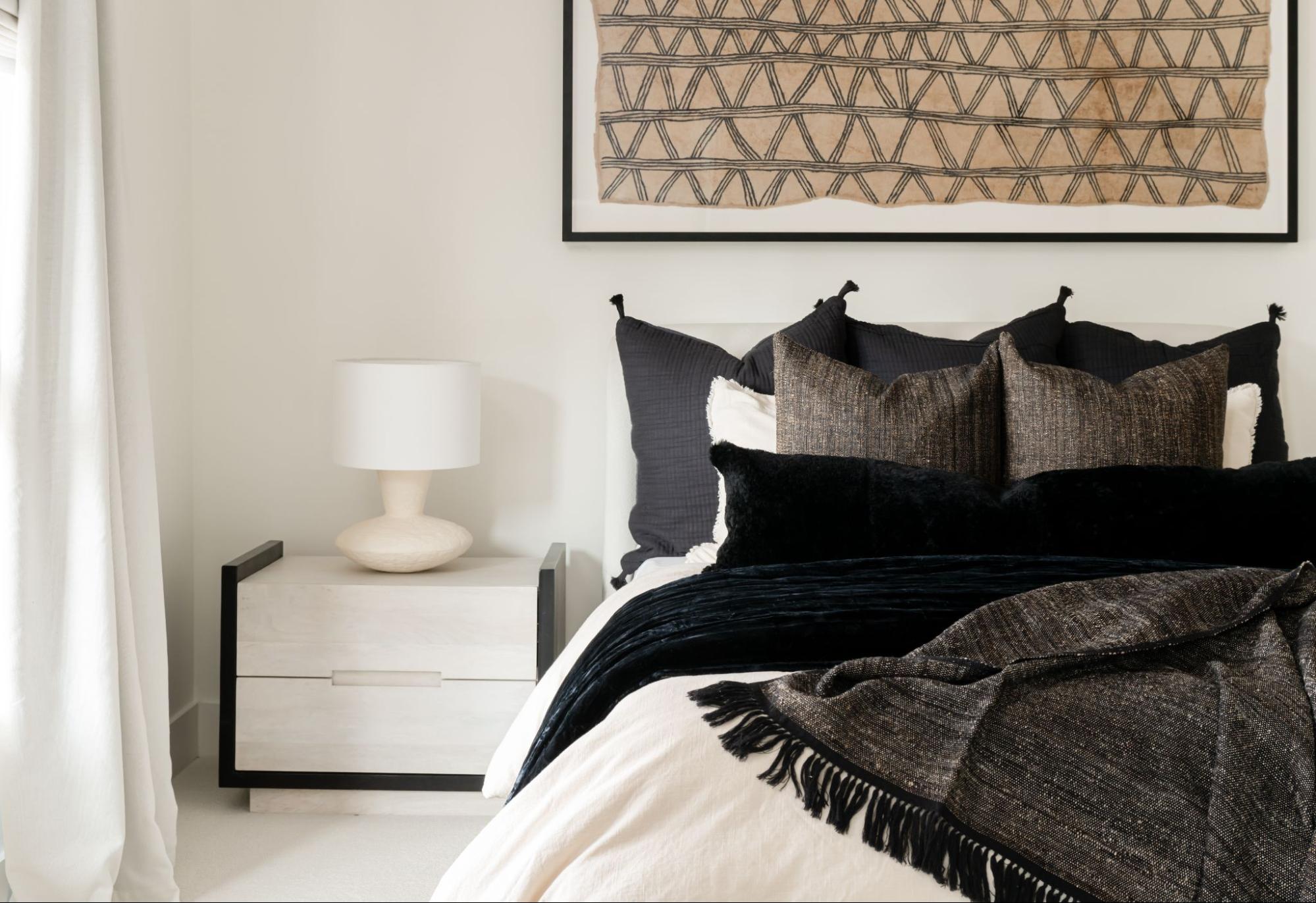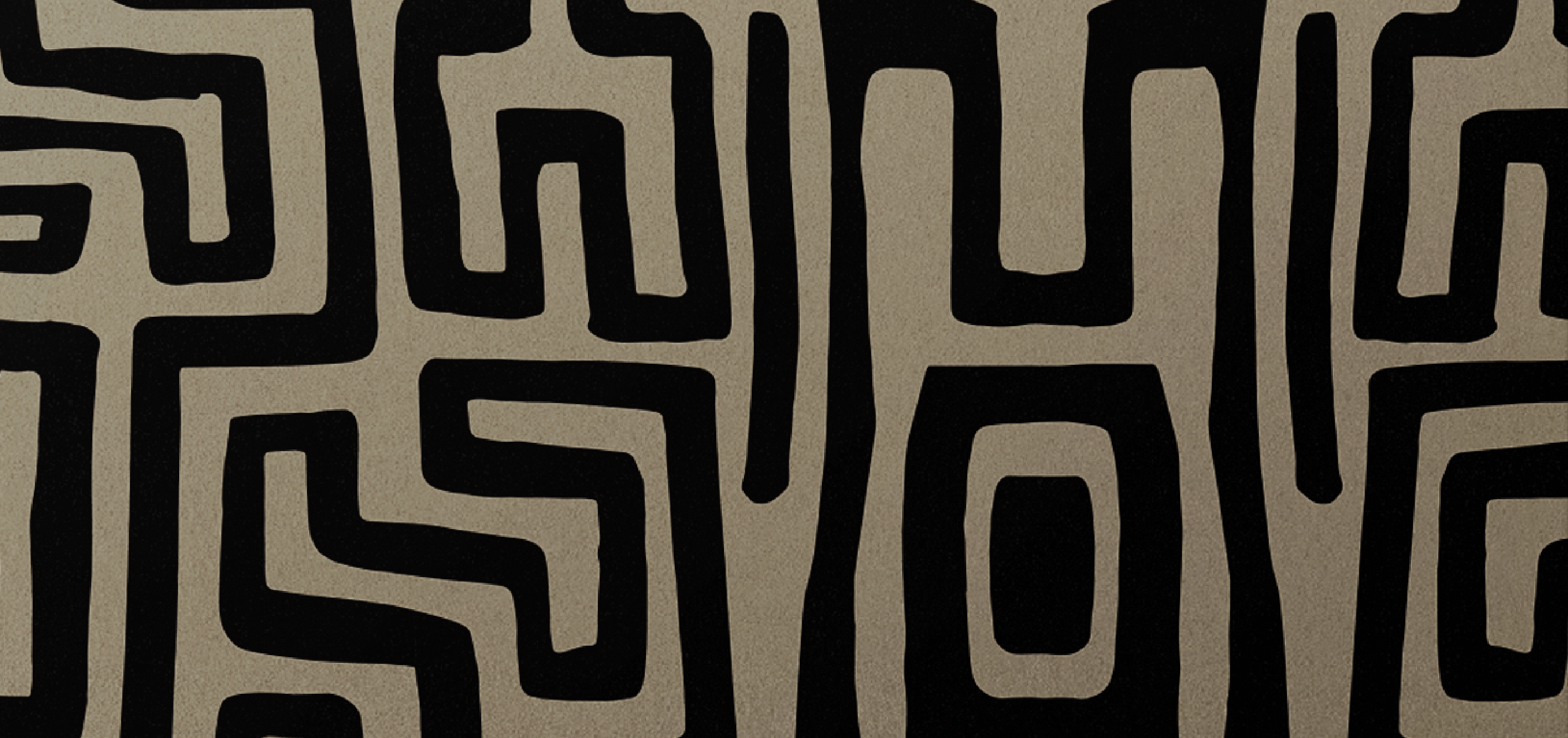|
“Deathbed Perspective” I’ve been thinking a lot lately about what I call deathbed perspective. I couldn’t tell you exactly why it’s been living in my heart for so many months—maybe because my mom is aging and my dad is already gone. Maybe it’s because I lost Frank in 2020. Maybe it’s because I live in a neighborhood filled with retirees, or because I spend my days surrounded by people in all different seasons of life—at the gym, at my yoga studio, in my work. I’ve always been an observer of humans. A philosopher at heart. A lover of truth—or at least the attempt to define it. And lately, this idea of deathbed perspective keeps reshaping the way I see everything. Yesterday, I saw a post that broke down how many days we have left to live, based on averages. At forty, fifty, sixty. I did the math for myself, and it hit me: I have around 14,600 days left to live. When you start to see time that way—like currency—it changes everything. I work hard for money, yes, but not for the reasons that our culture glamorizes. When someone asked me recently, why do you desire money?, my answer came easily: for safety, freedom, and autonomy.Those three things allow me to express my life in alignment with my soul’s purpose. But deathbed perspective asks me to zoom out even more. To remember that I don’t actually know how long I’ll get to be here. I can plan for longevity and still not take it for granted. So every day, I check in with myself: If I died tomorrow—or at the end of this year—would I feel complete? Would there be something I wish I’d done differently? Not from a place of fear, but of alignment. Alignment with purpose, with expression, with love.
|
|
|
|
|
When I go into these deep somatic vision sessions with my therapist, I often ask: What will I regret having spent my energy on? What will I wish I’d had more of? And every time, it comes back to the same thing: connection. Not the material kind. The human kind. The kind that happens between souls. The kind that reminds us why we’re alive in the first place. We know this from studies—when people are interviewed on their deathbeds, their biggest regrets aren’t about money, work, or status. They’re about love. The relationships they didn’t nurture. The people they didn’t forgive. The time they didn’t spend being fully present. And I think about that often—how much of our energy we pour into striving and achieving, when the real treasures are in the moments of being. To live with deathbed perspective isn’t to be morbid. It’s to be awake. It’s to remember that what’s real—the love, the laughter, the stillness, the soul-level connection—that is what will flash before our eyes in the end. Not the flights we took or the homes we built or the numbers in our accounts. When I think about the possibility that we may be living in a simulation, or that reality might just be energy expressing itself in infinite forms, it doesn’t really change anything for me—because at the end of it all, love is the only real thing we can’t fake. And to love fully, to live truthfully, to give ourselves permission to be exactly who we are while we’re here—that’s the gift of living with deathbed perspective. |
   |
|
"To live with deathbed perspective isn’t to be morbid. It’s to be awake." |









